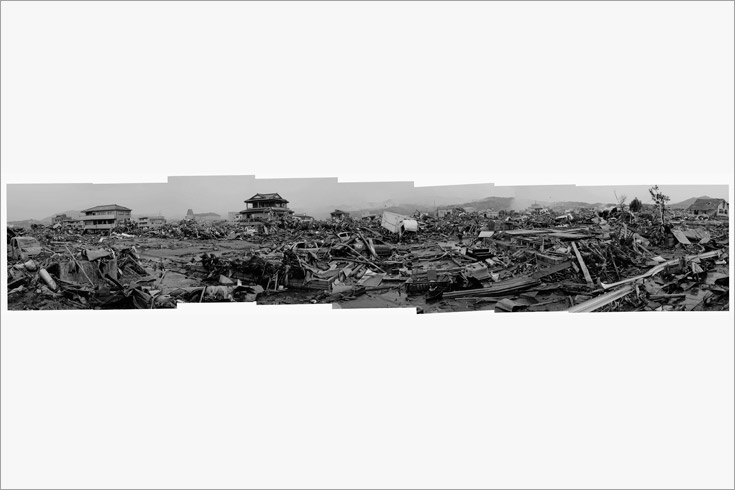
TIME photographer James Nachtwey was one of the first photographers on the ground in northern Japan covering the devastating effects of the earthquake and tsunami. Here is an essay, in his words, accompanied by additional images from his coverage.
First there is shock — disbelief at what you are witnessing with your own eyes. The surface of reality is unimaginable. Huge man-made structures were swept away like toys tossed about by a furious child. Houses, cars, ships and locomotives funneled up river channels, smashed against the sides of hills and swept back again as the raging waters receded, left in grotesque positions, as if by a sculptor gone mad. Towns and villages were annihilated, by a few minutes in the process of a cosmic organism, devoid of knowable intent. The aftershock is a profound sense of grief, amplified by the futility of anger.
Inevitably, the mind is compelled below the surface, where the human tragedy is equally unimaginable. Inside all those houses and cars are people — entire populations obliterated, silent, waiting to be found and returned to their loved ones, a seemingly impossible task, but one which is methodically and patiently being accomplished because rituals of respect and love and parting are so vital to humanity.
If such a disaster had happened to a single town, it would have been considered a major catastrophe. That it happened to town after town along the entire northeast coast of Japan — densely populated, highly developed with extraordinarily sound infrastructure — testifies to the inadequacy of language in the face of nature’s power.
A journalist trying to document the story was met with unfailing generosity and hospitality. Fuel was extremely scarce, and something as mundane as a jerrican to hold gasoline was absolutely necessary. Of course, they were all sold out, but one was given, at no charge, and even contained precious fuel, a few more miles of travel. Strangers searching for a place to shelter for the night were offered accommodation by traumatized, grief-stricken villagers huddled in a small, overcrowded community center. In the morning, a rice ball and piece of fish could not be refused. Such simple things, so humble, in the face of enormous loss, resonate as grace.
In seeking a visual metaphor for the sheer scale of destruction, images of Hiroshima and Nagasaki are unavoidable. Atomic weapons unleashed a destructive force equal to that of nature, but unlike nature, they were directed with deliberate intent. Now a monumental natural disaster is threatening to go nuclear — the source of peril not bombs but a power plant. Rarely have the consequences and complexities of the relationship between man and nature been more severely tested.
—March 20, 2011
James Nachtwey is a TIME contract photographer, documenting wars, conflicts and critical social issues. On his most recent assignment, Nachtwey was embedded with a United Stated Medevac unit in southern Afghanistan, published in January 2011.
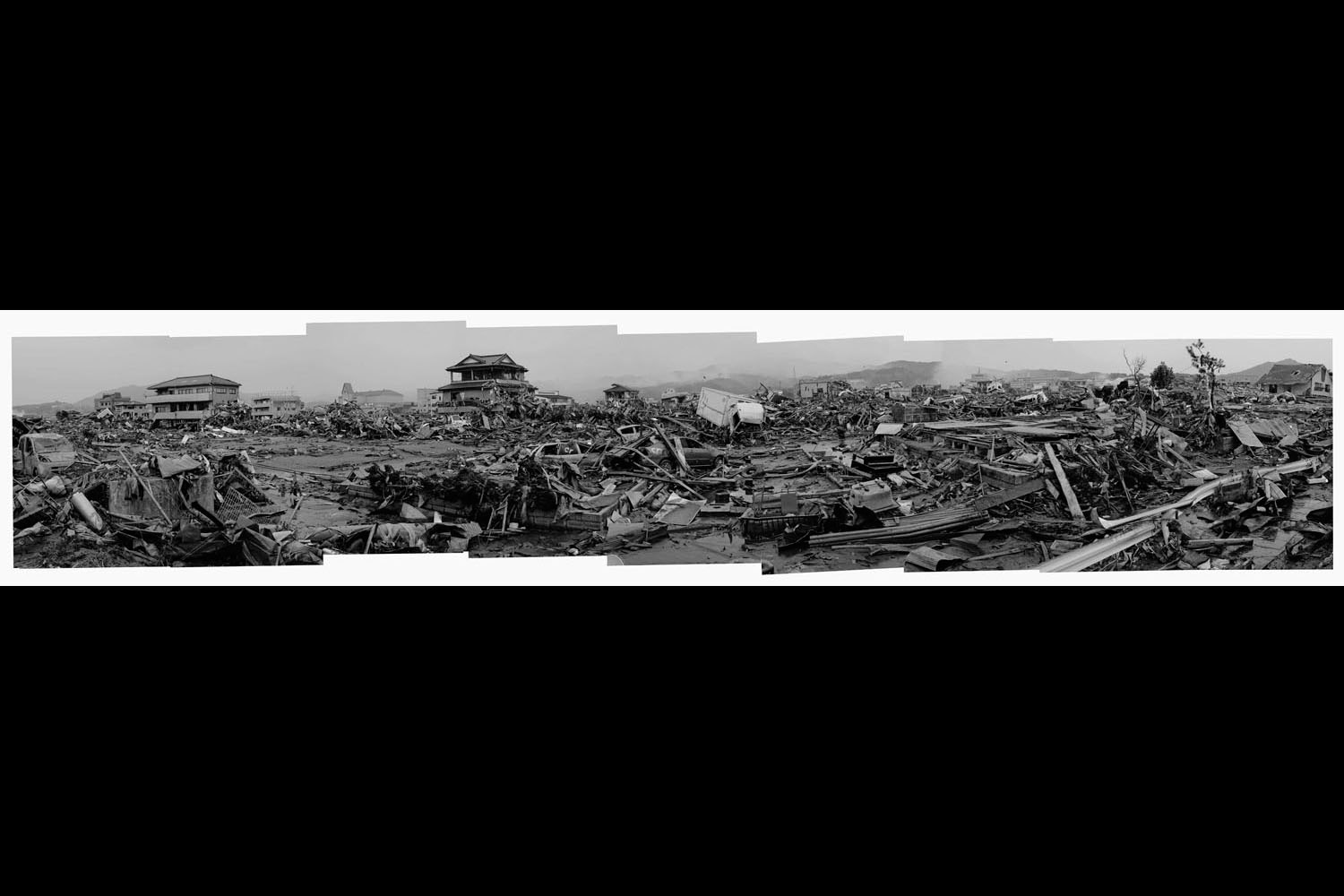


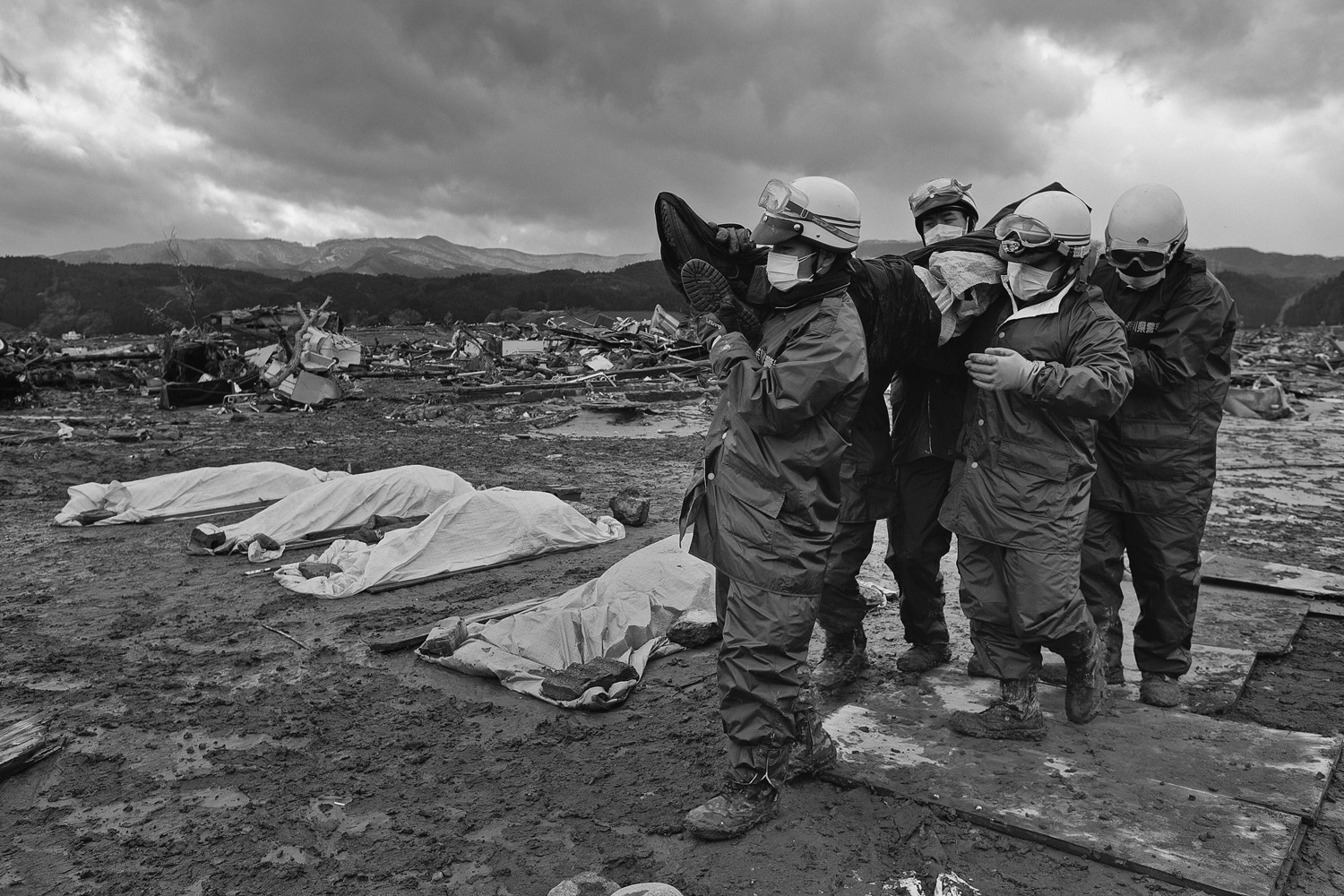
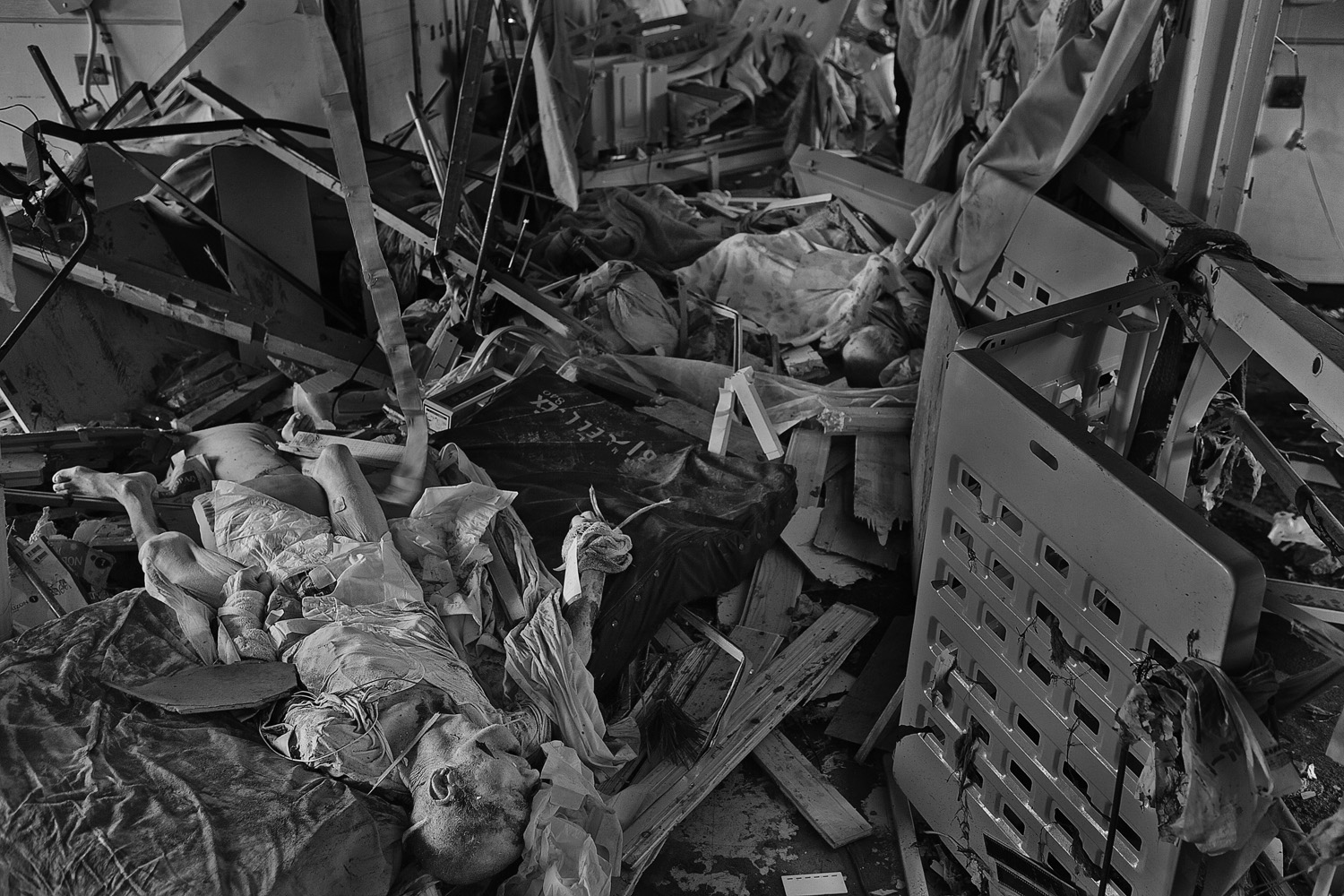
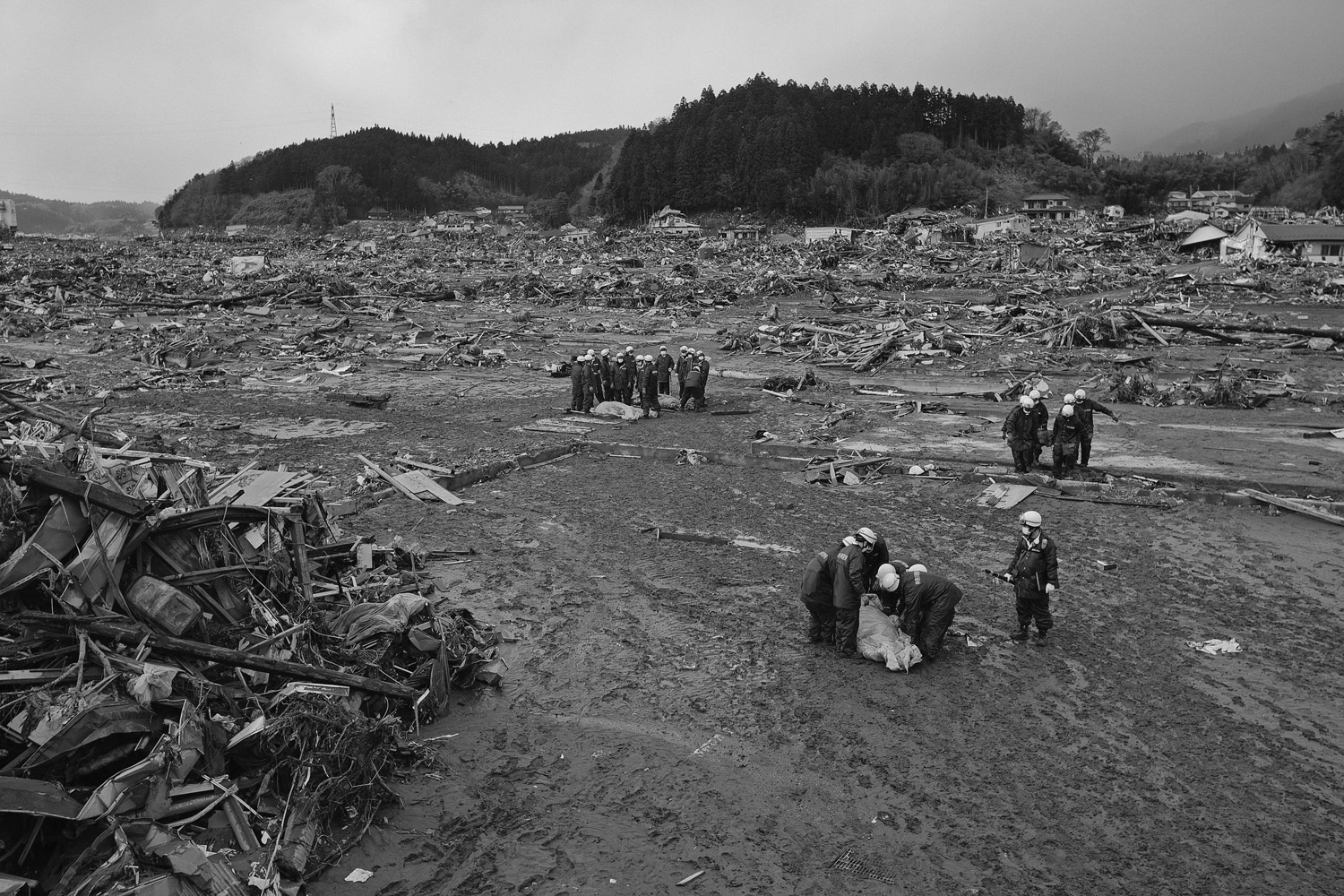
More Must-Reads From TIME
- The 100 Most Influential People of 2024
- The Revolution of Yulia Navalnaya
- 6 Compliments That Land Every Time
- What's the Deal With the Bitcoin Halving?
- If You're Dating Right Now , You're Brave: Column
- The AI That Could Heal a Divided Internet
- Fallout Is a Brilliant Model for the Future of Video Game Adaptations
- Want Weekly Recs on What to Watch, Read, and More? Sign Up for Worth Your Time
Contact us at letters@time.com